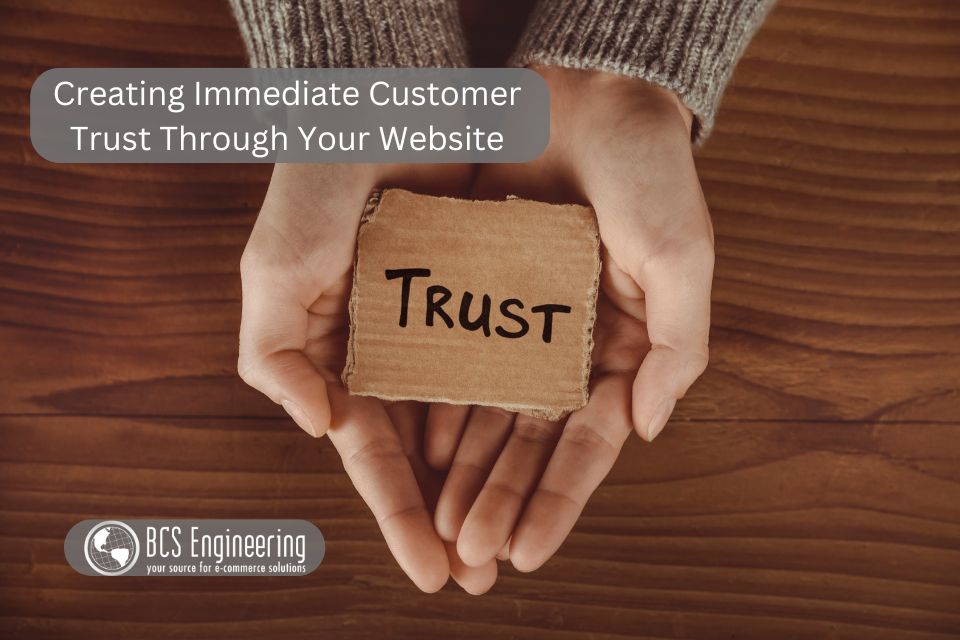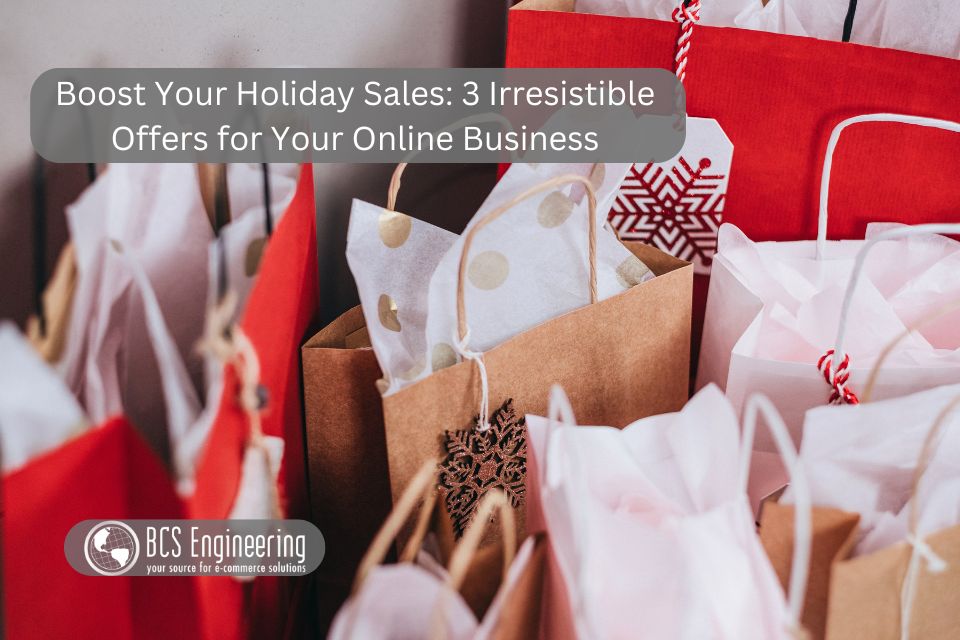Your product is amazing. Your service delivers results. So why isn’t your sales page converting visitors into buyers? It can feel frustrating, but the good news is that most issues with sales pages can be fixed with the right adjustments. Let’s dive into the common reasons your sales page might not be getting sales—and, more importantly, what you can do to turn things around.

1. Your Offer Isn’t Clear
If visitors don’t instantly understand what you’re offering, why they need it, and how it solves their problem, they won’t stick around. Clarity is key. Start with a clear and benefit-driven headline that immediately communicates the value of your offer. Use simple, concise language to describe your product or service so that there’s no confusion about what it is. Highlight the benefits—what the audience will experience or achieve by taking action—and make sure your call-to-action is crystal clear. For example, instead of a vague “Learn More,” use something actionable like “Get Instant Access” or “Buy Now.”
2. Your Sales Page Isn’t Speaking to the Right Audience
You might have a great offer, but if your messaging doesn’t resonate with the right people, they won’t feel compelled to buy. Take a moment to revisit who your ideal customer is. What are their struggles, desires, and priorities? Your language and examples should reflect this understanding and show that you truly “get” them. Speak directly to their pain points and position your offer as the solution they’ve been looking for. When potential buyers feel seen and heard, they’re much more likely to take the next step.
3. You Haven’t Built Enough Trust
People won’t buy from someone they don’t trust. If your sales page doesn’t establish credibility, potential customers will hesitate to make a purchase. Building trust starts with proof. Include testimonials, reviews, or case studies that showcase real results from real people. Add other trust-building elements like security badges, guarantees, or media mentions to reassure buyers. Transparency also goes a long way. Share your story, explain why you’re qualified to solve this problem, and put your face to the brand. Trust grows when you show that you’re both professional and human.
4. Your Page Design is Confusing or Overwhelming
A cluttered, visually unappealing sales page can quickly drive visitors away before they ever reach the heart of your message. If the layout is confusing or the page feels overwhelming, it’s time to simplify. Start by creating a clean, professional design with plenty of white space to give the reader’s eyes a break. Break up the text with clear headers, short paragraphs, and visuals that enhance (not distract from) your message. Make sure your call-to-action buttons stand out and are easy to locate so readers always know what to do next. A clean design keeps the focus where it belongs: on your offer.
5. You’re Focusing on Features, Not Benefits
It’s easy to fall into the trap of listing what your product or service is instead of what it does. The reality is that people don’t buy features; they buy solutions to their problems. To keep your audience engaged, shift the focus to benefits. Instead of describing the technical aspects of your product, highlight the transformation it provides. How will it improve their life or business? Tie every feature to a tangible benefit and answer the question, “What’s in it for me?” When buyers can see the outcomes they’ll achieve, they’ll be much more eager to hit that purchase button.
6. Your Call-to-Action Isn’t Strong Enough
Your call-to-action (CTA) is one of the most important parts of your sales page, but if it’s weak or unclear, you’re leaving sales on the table. A strong CTA uses action-oriented language that inspires the reader to act now. Instead of a generic phrase like “Learn More,” go for something more compelling, such as “Start Your Transformation Today” or “Get Instant Results.” Make your CTA highly visible and easy to find, and limit distractions around it so readers don’t lose focus. When the path to the next step is obvious, more people will take it.
7. You’re Asking for the Sale Too Soon
If you’re selling a high-ticket item or a complex solution, asking for the sale too soon can scare off potential buyers. Visitors might need more information or nurturing before they’re ready to commit. To address this, provide additional resources that educate and build confidence, such as videos, FAQs, or comparison charts. For those who aren’t quite ready to buy, offer an email opt-in option so you can continue nurturing the relationship. Creating a well-structured sales funnel allows you to guide leads through the decision-making process at their own pace.
8. You’re Not Addressing Objections
Every buyer has doubts or questions that can hold them back from making a purchase. If your sales page doesn’t address these objections head-on, you risk losing them. Start by identifying the most common concerns your audience has, such as worries about price, results, or time commitment. Address these concerns directly in your copy or include a dedicated FAQ section that answers their questions. You can also ease hesitation by offering a guarantee, a risk-free trial, or other safety nets that remove the perceived risk of saying “yes.” When objections are overcome, the path to purchase becomes much smoother.
Turn Setbacks into Opportunities
A sales page that doesn’t convert isn’t the end of the world—it’s an opportunity. By identifying the weak spots and making these strategic changes, you can create a sales page that resonates with your audience, builds trust, and drives action. Remember: Focus on clarity, speak to your audience’s needs, and make it easy for them to say “Yes.”
To learn more, listen to our latest eCommerce Made Easy Podcast where Carrie talks about how to turn these challenges into opportunities for growth.









